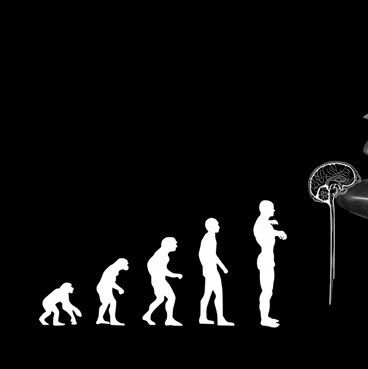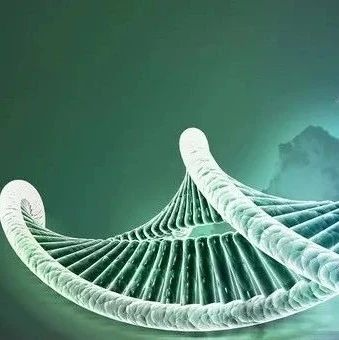20 QUESTIONS ON GENETICALLY MODIFIED (GM) FOODS
世界卫生组织 (2002年)
These questions and answers have been prepared by WHO in response to questions and concerns by a number of WHO Member State Governments with regard to the nature and safety of genetically modified food.
这些问题和解答已由世界卫生组织拟定,以应对世界卫生组织一些会员国政府就转基因食品的性质和安全提出的问题和关注。
Q1. What are genetically modified (GM) organisms and GM foods?
1. 何为转基因生物和转基因食品?
Genetically modified organisms (GMOs) can be defined as organisms in which the genetic material (DNA) has been altered in a way that does not occur naturally. The technology is often called “modern biotechnology”, or“gene technology”, sometimes recombinant“DNA technology” or“genetic engineering”. It allows selected individual genes to be transferred from one organism into another, also between non-related species.Such methods are used to create GM plants --- which are then used to grow GM food crops.
转基因生物可界定为遗传物质(脱氧核糖核酸)已以非自然发生的方式改变的生物。该技术通常被称为“现代生物技术”或“基因技术”,有时候也称为“重组脱氧核糖核酸技术”或“遗传工程”。它可使选定的个体基因从一种生物转移到另一种生物,并且还可在不相关的物种之间转移。这些方法用以产生转基因植物——然后将它们用于培植转基因粮食作物。
Q2. Why are GM foods produced?
2. 为什么要生产转基因食品?
GM foods are developed - and marketed- because there is some perceived advantage either to the producer or consumer of these foods. This is meant to translate into a product with a lower price, greater benefit (in terms of durability or nutritional value) or both. Initially GM seed developers wanted their products to be accepted by producers so have concentrated on innovations that farmers (and the food industry more generally)would appreciate.
转基因食品得以开发和销售是因为对这些食品的生产者或消费者存在着某些感知的好处。这是指将其转变为一种价格较低、利益更大(在耐用或营养价值方面)或二者兼具的产品。最初,转基因种子开发者希望他们的产品获得生产者的接受,因此致力于能为农民(以及更广泛的食品工业)所接受的观念革新上。
The initial objective for developing plants based on GM organisms was to improve crop protection. The GM crops currently on the market are mainly aimed at an increased level of crop protection through the introduction of resistance against plant diseases caused by insects or viruses or through increased tolerance towards herbicides.
以转基因生物为基础开发植物的最初目标是改进作物保护。目前市场上的转基因作物主要目的在于通过增强对由昆虫或病毒引起的植物病的抗性或通过增强对除草剂的耐受性提高作物保护水平。
Insect resistance is achieved by incorporating into the food plant the gene for toxin production from the bacterium Bacillus thuringiensis (BT). This toxin is currently used as a conventional insecticide in agriculture and is safe for human consumption. GM crops that permanently produce this toxin have been shown to require lower quantities of insecticides in specific situations, e.g. where pest pressure is high.
通过将从苏云金芽孢杆菌(BT)这种细菌中生产毒素的基因转入粮食作物,从而实现抗虫害抗性。这种毒素目前在农业中作为常规杀虫剂使用,并且供人食用是安全的。持续产生这种毒素的转基因作物已显示在特定情况下,如在虫害压力大的地方,需要较少量的杀虫剂。
Virus resistance is achieved through the introduction of a gene from certain viruses which cause disease in plants. Virus resistance makes plants less susceptible to diseases caused by such viruses, resulting in higher crop yields.
通过从引起植物病的某些病毒中引入一种基因,从而实现抗病毒抗性。抗病毒抗性使植物较不易受这些病毒引起的疾病的影响,使作物产量更高。
Herbicide tolerance is achieved through the introduction of a gene from a bacterium conveying resistance to some herbicides. In situations where weed pressure is high, the use of such crops has resulted in a reduction in the quantity of the herbicides used.
通过从传送抗某些除草剂抗性的一种细菌中引入一种基因,从而实现抗除草剂耐受性。在杂草压力大的情况下,利用这些作物减少了除草剂使用量。
原文链接为:https://blog.sciencenet.cn/home.php?mod=space&uid=314423&do=blog&id=456329







